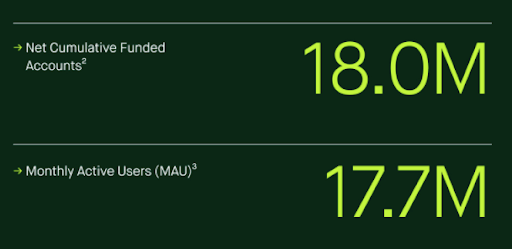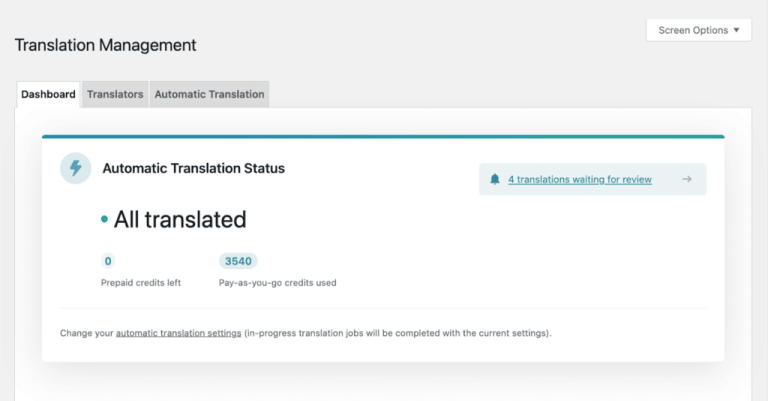
Sometimes the simplest tools can be deceptively tricky, even dangerous. For example, the lowly calendar can cause everyone — business people, students, and homemakers alike — incredible inconvenience when poorly managed.
Fortunately, the calendaring solutions on view today are far more advanced than those available to us even just 10 years ago. Not only are there more electronic tools than ever before, but people are beginning to discern where a laptop or smartphone should be the tool of choice vs. when it’s time to break out nothing fancier than a pencil and piece of paper.
8 Ways to Sharpen Your Personal Calendaring Skills
Table of Contents
- 1 8 Ways to Sharpen Your Personal Calendaring Skills
- 1.1 1. Stop relying on your power of memory.
- 1.2 2. Pick the view that works for your lifestyle and temperament.
- 1.3 3. Pick a color-coding scheme that makes sense to you.
- 1.4 4. Do not tolerate ghosting from anyone…especially yourself.
- 1.5 5. Use labels that make sense at a glance.
- 1.6 6. Share your calendaring data across all platforms.
- 1.7 7. Pay attention to recurring “time management hand grenades.”
- 1.8 8. Be intentional with your use of calendar notifications.
- 2 Give grace where needed, yes…but always follow up.
1. Stop relying on your power of memory.
Perhaps you take pride in your exceptional power to remember people, places, and things that cross your path, but keep in mind that pride often precedes a fall. The truth is that writing something down reinforces an already-strong ability to remember. If you pay attention, you’ll notice that the people with the best memories tend to only take notes as needed, rather than obsessively jotting down everything. Being intentional about selecting what you want to remember and writing it down on your calendar will free you up to think clearly.
2. Pick the view that works for your lifestyle and temperament.
Have you ever looked at someone else’s calendar and felt like you might have a panic attack? When you are building out your preferred calendaring system, don’t be overly influenced by what anyone else does. The trick to long-term success with calendaring is to pick out a tool that provides the view you want to see as you make decisions and plan your week. Some people prefer to use an Outlook calendar synced to all of their devices. Others will pull out a leatherbound book and a fountain pen. The point is to keep trying tools and systems until you find what works best for you, not what works for that entrepreneur you’re trying to emulate.
3. Pick a color-coding scheme that makes sense to you.
Some people use color-coding notes and events to draw a sharp distinction between work commitments and lifestyle. Blue for work, green for leisure activities. Others use the color-coding functionality to toggle back and forth quickly between multiple views of their various commitments. Whatever color scheme you choose, adopting some format for quick visual distinction is probably the single most important means you can use to bring sanity to your schedule. Spend a bit of time on the front end thinking carefully about how you’d like to get started so you’re not making a lot of color-coding adjustments further down the road.
4. Do not tolerate ghosting from anyone…especially yourself.
Let your word be your bond. Show up when you say you will. Under-promise and over-deliver. When you adopt a code such as this for yourself, you silently convey to others that you carry an expectation for them as well. Get in the habit of showing up to in-person meetings at least 10-15 minutes ahead of the start time. That way, you’ll have plenty of time to plug in your laptop, get coffee, and shuffle your papers. If you simply must stay in a relationship with someone who “ghosts” others, make a habit of confirming meetings and deadlines at regular intervals.
5. Use labels that make sense at a glance.
Words matter. Where color-coding can help you quickly distinguish between categories, effective meeting labels may take a few extra seconds of thought on the front end but will save you missed cues and opening up a reminder multiple times to check for more information. For example, “Meeting with Jeff” is a good start for your meeting label, but “Meeting w/Jeff: Quarterly Sales Numbers” tells you a lot more when you see it pop up on your laptop or look at your weekly planning. The additional information might spur you to move the meeting whereas a less-informative label passes quickly through your awareness unnoticed.
Perhaps the single greatest advantage to electronic calendaring is that, when configured properly, you can access your information from anywhere in the world, using any device. While the smartphone seems to be the weapon of choice for many, it won’t do you any good should the battery die. Furthermore, many of us spend a good portion of the workweek with a computer keyboard at our fingertips. Using the “tool of the moment” while being confident that your saved data will be available anywhere, anytime, frees you up to focus intently on the task at hand.
7. Pay attention to recurring “time management hand grenades.”
Over time, you may notice that some of your calendaring habits cause problems for you. The typical example is scheduling one meeting from 9:00 to 10:00 and another from 10:00 to 10:30 on the same day. This practice allows no time for moving from one location to another or for a meeting to unexpectedly run long. Many online apps now permit users to factor in travel time. Even if you don’t have to drive anywhere, consider using this feature to give you some cushion of time to “travel” to the bathroom or the coffee machine.
8. Be intentional with your use of calendar notifications.
Many calendaring systems default to a setting of sending out a notification 10 or perhaps 15 minutes ahead of every meeting you schedule. This is a great feature, of course, but many of us have noticed that our productivity is being “notified to death.” Again, a few seconds on the front end thinking this through will pay dividends later on. Maybe you don’t want to be notified of anything and everything. Perhaps you’d rather not have yet another device interrupting your thought processes. Of course, be certain that you aren’t missing important events and deadlines simply because you’ve chosen to shut off various notifications.
Give grace where needed, yes…but always follow up.
Life is unpredictable. Unexpected things happen, and we must allow “space and grace” in our lives to accommodate interruptions, unanticipated events, or even the occasional traffic jam. If you construct your weekly calendar and then demand that life cooperate, you are headed for a lot of emotional angst and perhaps even some serious health issues. Additionally, you are likely to cause damage to all of your relationships, personal and professional.
While it is important to allow some margin for error and miscommunication, it is equally important to hold people accountable. When, for example, a colleague consistently arrives late to meetings, or misses them entirely, don’t allow yourself to get overheated. Simply open up that meeting on your personal calendar (not the shared meeting invitation) and make a non-judgmental notation of the fact.
Over time, you’ll begin to use your time more wisely as you take multiple factors (such as consistently-unreliable colleagues) into account. The simple act of note-taking will help you develop a keen eye for spotting time management hand grenades and tossing them back before they blow up your week.






